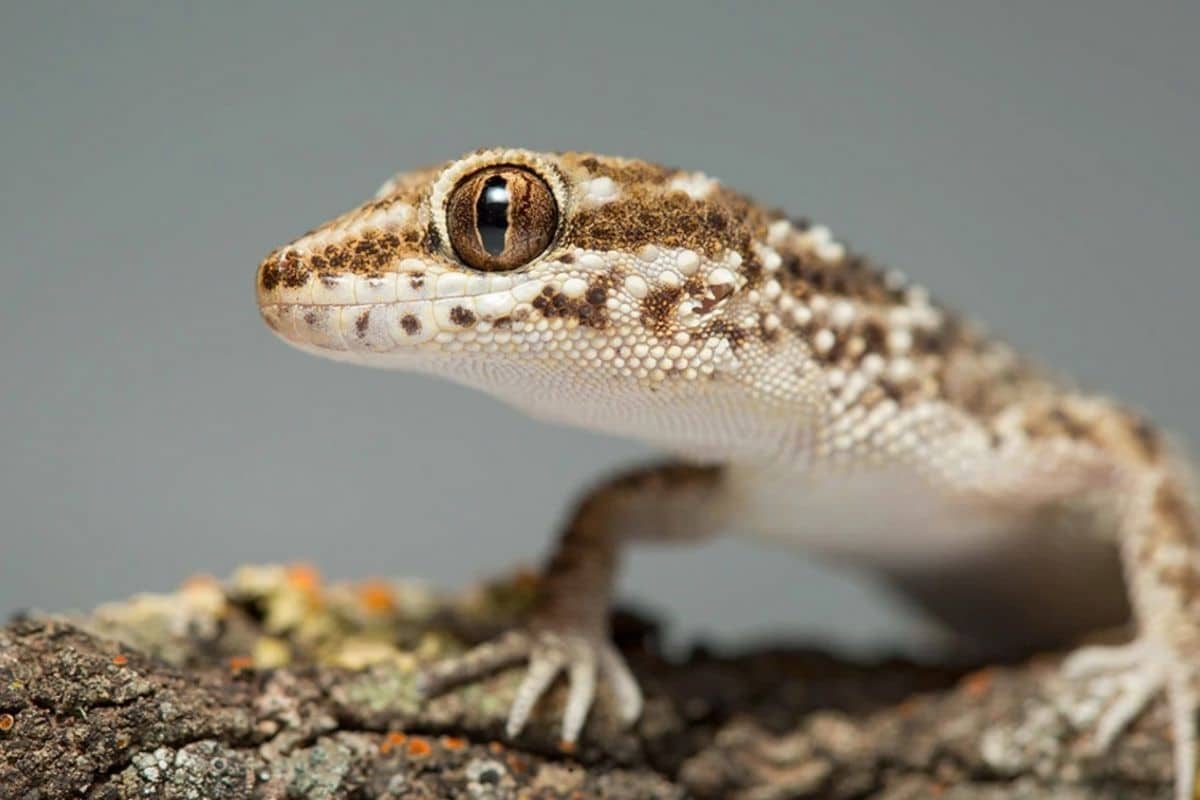
And if all those species perish, we will also lose about 15.6 billion years(!) of evolutionary history, researchers warn.
After researchers previously looked into the risk of extinction for birds, amphibians and mammals, it has finally been mapped out for reptiles. Scientists determined how they are doing for 10,196 reptile species and the results – published in the magazine Nature – are not very promising.
Become extinct
At least 1,829 reptile species appear to be threatened with extinction. The greatest losses threaten for species that can be classified as crocodiles and turtles. 57.9 percent of all crocodile species are threatened with extinction. For the species that fall under the turtles, that is 50 percent.
Reasons
There are several reasons why the reptiles are in bad shape, says researcher Neil Cox. “Because reptiles are so diverse, they also face a wide range of threats across a wide range of habitats.” For example, the crocodiles and tortoises mentioned above are mainly affected by hunting, while reptiles elsewhere are again under pressure from deforestation, the emergence of invasive species, urbanization or climate change.
Dry areas versus forest
In the midst of all these threats, until recently it was believed that reptiles in drier, desert-like areas – where diversity is greatest – are also most at risk. But the latest study paints a different picture. While about 14 percent of reptiles are threatened with extinction in dry areas, this is about 30 percent in wooded areas.
Shared smart
In the forests, reptiles suffer from deforestation. It’s worrying, but there is hope for these reptiles. For example, the researchers point out that in addition to reptiles, birds, mammals and amphibians in forested areas are also under pressure for the same reasons. “That’s good news,” said study researcher Bruce Young. “Because it means that the extensive efforts being made to protect more familiar forest animals are likely also helping to protect many reptiles.”
Action is required
At the same time, however, that doesn’t mean we can sit back. Because in forest areas – but certainly also beyond – there is still a lot to gain when it comes to preserving (reptile) species. “It takes a multifaceted plan to protect all reptile species, with all of the evolutionary history they represent,” Cox said.
Because if we do nothing, more than 1800 species are in danger of being lost. And with that, the researchers emphasize, we’re also losing some 15.6 billion years(!) of evolutionary history — marked by myriad adaptations that enable reptiles to function in such a wide range of habitats. “From turtles that breathe through their genitals to chickpea-sized chameleons, reptiles are an eclectic group,” said Mike Hoffmann, of the Zoological Society of London† “Many reptiles, such as the Tuatara (a lizard and the only living member of a lineage that arose as early as the Triassic, about 200-250 million years ago, ed.) and New Guinea two-clawed tortoises, are living fossils. and its loss would not only herald the end of a species that played a unique role in its ecosystem, but also the end of a billion-year-old evolutionary history.”
Source material:
†Comprehensive Study of World’s Reptiles: More Than One in Five Reptile Species are Threatened with Extinction, But Many Likely Benefit From Efforts to Save Other Animals” – IUCN
Image at the top of this article: Ignacio Roberto Hernández (via IUCN)